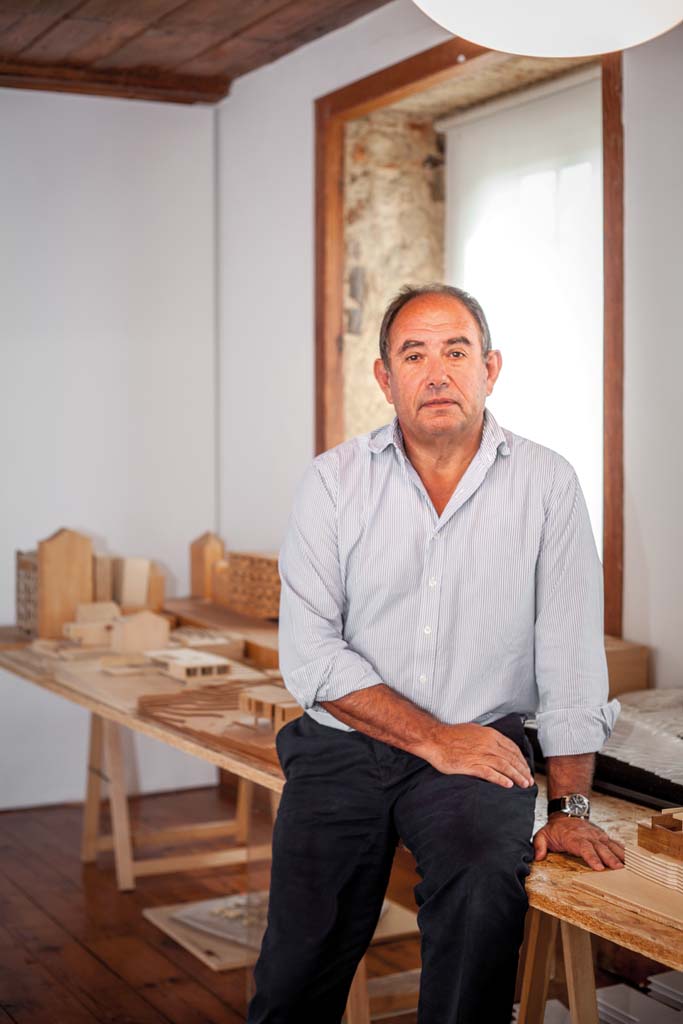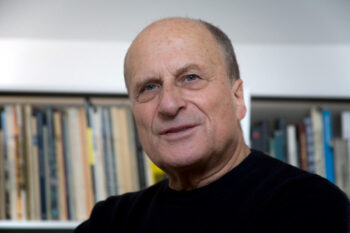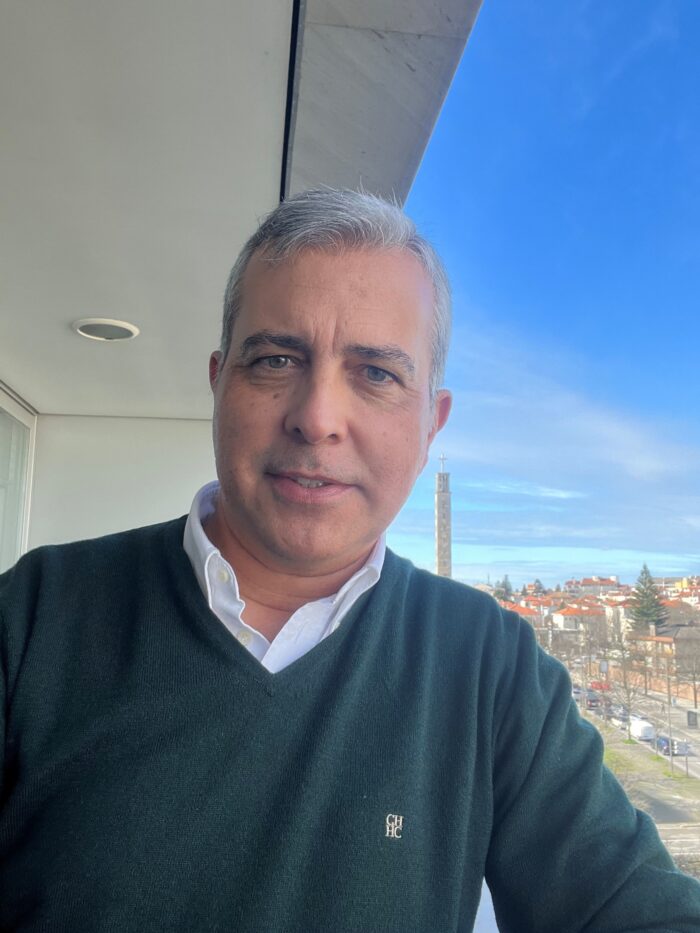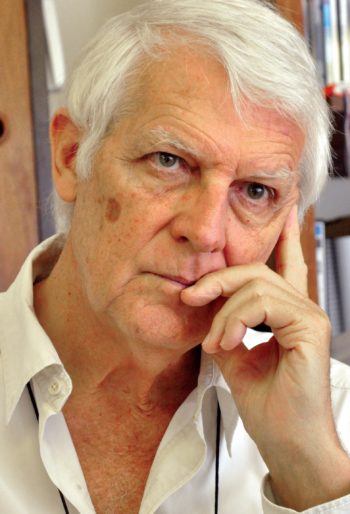A conversation with Arch. Frederico Valsassina

A conversation with Arch. Frederico Valsassina
‘Architecture is closely linked to the person’s own way of being. I wouldn’t be able to present something that I didn’t feel, and more, that I couldn’t inhabit ’
When appreciating your work, I identified three characteristics that stand out: the use of glass, straight lines and right angles. Can we say they are a brand image?
Straight lines and right angles are, no doubt, but glass does not. Glass is a consequence of habitability, I have no special interest in glass, because I think it is a very difficult material to work with, because it is very hard. I use it a lot because I need to light up spaces. It is not fundamental.
Your projects are very spacious and bright. Do you agree that without light there is no architecture?
One hundred percent. I think that light is what transforms architecture. The better the light is understood and its variations throughout the day, the better the project.
How do you describe your architectural style?
I’m looking for a very simple material. In this studio, we are very concerned with the textures of the materials. I use straight lines because they are safer and easier to understand and because I look for simplicity in projects. These are the essences we are looking for. We try to perceive materials in their natural state – I never use polished stones, for example – and we try to use the least amount of materials possible, constantly trying to think and rethink construction processes, they are not always the same.
If asked to do a project quite different from your architectural style, would you consider it a challenge?
Yes, of course. I could do a different style, but the premises would have to be the same. I would not be able to present something that I did not feel, and more, that I could not inhabit. I could do something different than what I have done but my principles would have to be underlying, because architecture is so closely linked to the person’s way of being. Right now, when I don’t identify with the project, I don’t move on to a second phase. Usually people who come to us already know the architecture we do, and appreciate it, because it is the image of our studio. When they invite me to make a house, there is a moment in the project where we reflect on whether it is worthwhile to continue, because the person may have liked the things we did, but may not identify with us and then it is better to stop. And this has already happened, both on the client side and on our side.
Your studio has not worked with the traditional drawing process for many years. Was it a consequence of market demands?
We adopted computer-aided design for many years. But the market did not influence. It was a requirement of ours, in the quest to streamline processes. Projects begin to be thought of the same way they were a few years ago: scribing. We make many models, which is highly manual work and is not replaced by 3D models. The computer-aided design process is much simpler and faster, giving us a range of actions, which allow us to improve the project throughout the execution. It did not replace all stages of the production process, it came to complement it. The new software makes it a lot easier at that level because when working in three dimensions, as we are designing, we are introducing new elements. It is a constant process of search and satisfaction. As we work with very strong databases, when designing we are almost done with the execution and measurement project. It is a much more demanding job, but it needs fewer people and it is much easier to go back. It was our need, not the market’s.
You value unity and team spirit very much. Does that make all the work easier?
Much. Teamwork is the most visible aspect of the co-authorship work of architects, and between them and engineers and designers. We are all part of the same team. When technicians are not part of this spirit, we end up doing without them. With Betar we have been working since the time of Eng. José Mendonça, therefore for many years, and it has been a long journey because we are very happy to work with Betar.
Over the years, its architecture seems to have sought other scales. It went from the grandiloquence of some Torres de Lisboa to very personal and unique buildings. Was that your will?
In the training of the architect it is absolutely necessary to diversify the work. Recently, I made, with Betar, the RTP studios, where we chose to bury a part of the building, in order to adapt the scale, which is why we won the contest. It was also very interesting.
Do you like doing recovery projects?
A lot. We have that facet. They are very difficult projects, we have to evaluate and interpret them carefully, do a thorough study of pre-existences. At the Convento das Mónicas, for example, it took us longer to understand the building than to produce the project. But it is very stimulating.
How do you view criticism of your work?
Well. Criticism is always constructive. But the architect has a disadvantage. A painter, for example, presents the finished work, while, in architecture, people perceive the constructive project and, therefore, sometimes criticisms are rash.
This interview is an integral part of Revista Artes & Letras # 22, July 2011
Partially automatic translation from portuguese: some expressions may differ from their actual meaning.
News & Interviews
A conversation with Arch. Gonçalo Byrne
'I compare the projects, a little, to what happens to children: after a certain point they have their autonomy, their life...' Read more
A conversation with Eng. Pedro Januário
'Digital transformation and the incorporation of artificial intelligence into our processes and decisions are already a reality, but I believe that, in the short term, they will be a determining factor in differentiation' Read more
A conversation with Arch. José Forjaz
‘In Mozambique, architecture is for the rich and the models that serve them are imposed on the poor […] We are quantitatively more in need than at the outset’ Read more




